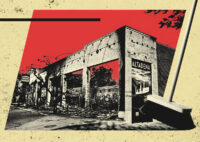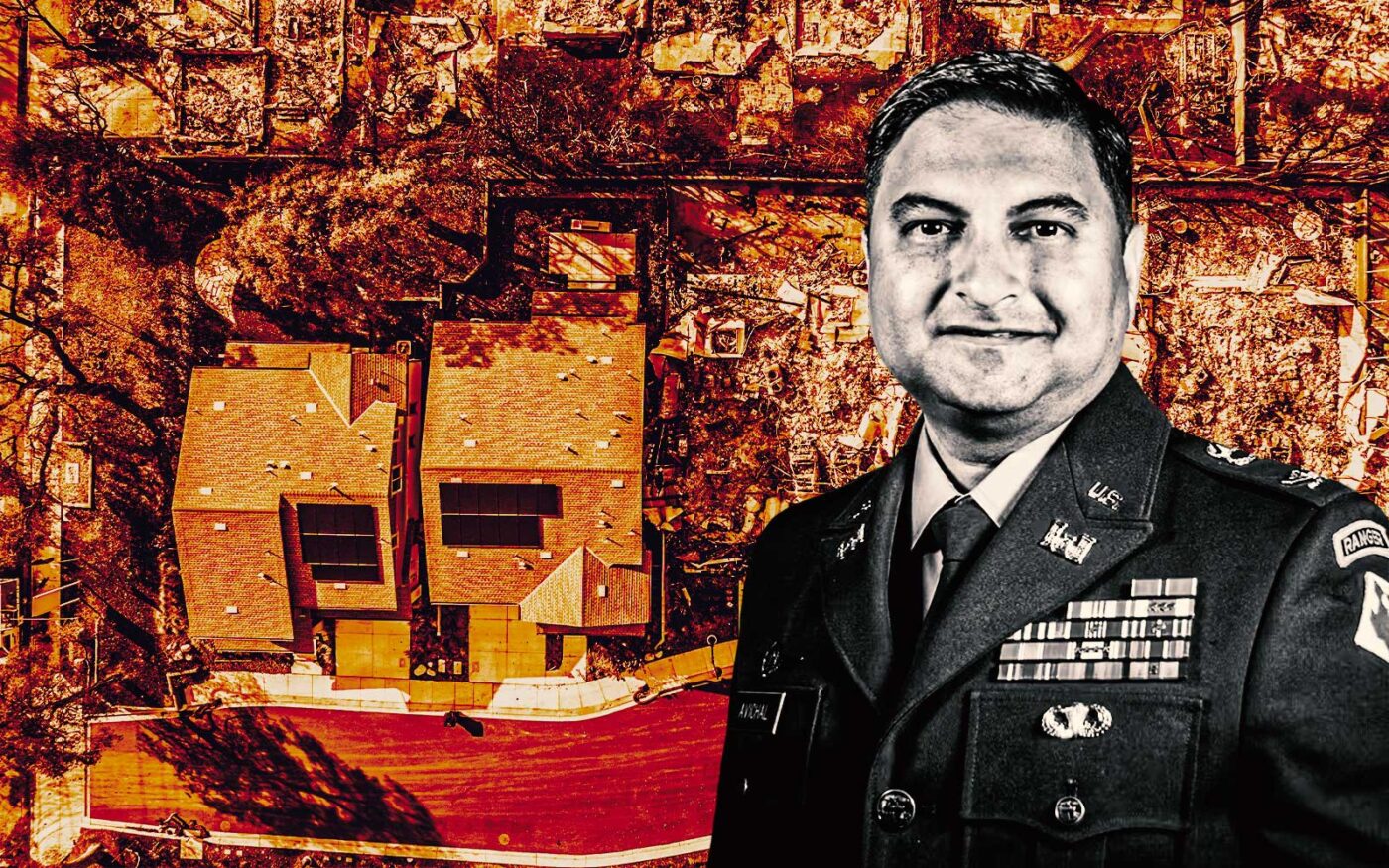Almost half of all ash and debris from homes in Altadena destroyed by the Eaton fire has been removed with the help of the U.S. Army Corps of Engineers.
Col. Sonny Avichal said the Corps has eliminated ash and debris from 4,250 of the 9,400 structures destroyed by the fire, Pasadena Now reported.
“We continue to clear about 68 properties per day,” he said. “As you continue to walk through the streets, you’ll see more and more properties cleared every day.”
Besides residential lots, the Corps has also worked to clear damage in public places like Farnsworth Park, Charles White Park and the Eaton Canyon Nature Center. The Lifeline Fellowship Center, Pasadena Jewish Temple and Altadena Senior Center are next on the list.
Multifamily properties where at least one resident is a property owner are also eligible for cleanup under the Corps’ current program.
The Corps partnered with the Federal Emergency Management Agency and the County of Los Angeles to execute the Federal Emergency Management Agency’s two-phased cleanup plan.
Phase 1 consisted of teams removing hazardous household waste from affected properties to prevent further environmental contamination. The ongoing Phase 2 includes the removal of structural debris, ash, and contaminated soil. On any given day, up to 129 debris removal crews can be working in Altadena.
Of the Altadena residents who were forced to move, more than half have landed in neighborhoods at least a half-hour drive away, according to a report compiled by The New York Times. A quarter of those affected have left the L.A. metro area entirely.
Meanwhile, commercial properties in Altadena haven’t been so lucky with federal help, as they aren’t eligible under the guidelines in place.
“Commercial property debris removal is the responsibility of the property owner. Currently, USACE has no task from FEMA to execute commercial property removal,” the Corps said in a statement, per the Los Angeles Times.
The Eaton fire scorched more than 14,000 acres in Altadena and the San Gabriel Valley and claimed 18 lives, making it one of the deadliest wildfires in California history.
— Chris Malone Méndez
Read more



